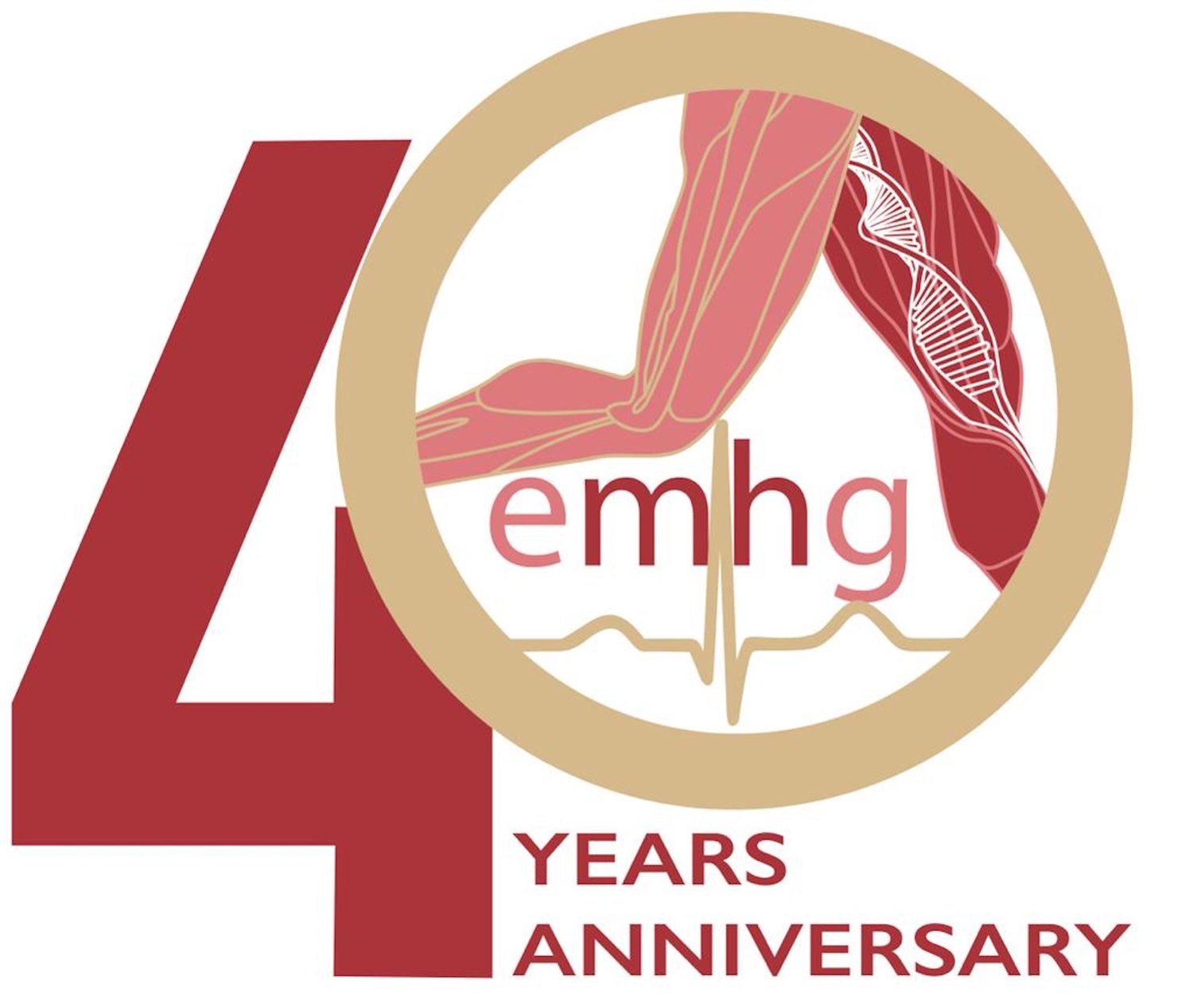Malignant hyperthermia during pregnancy
/It is essential that anaesthesiologists are able to provide a safe and trigger-free anaesthesia to all patients with known or suspected susceptibility to malignant hyperthermia (MH). For pregnant women and especially in the case of a caesarean section (C-section) this implies some extra considerations.
These guidelines from the European Malignant Hyperthermia Group (EMHG) aim to cover the different aspects of this specific situation.The guidelines are based on the best available evidence and a two-round Delphi consensus process performed amongst international specialists in the area of MH within the EMHG.
Pregnancy and MH-awareness is important
It is important to remember that there are two different situations in which MH-susceptibility is of major importance in a pregnant patient:
The mother is known or suspected to be MH-susceptible (in this case even the fetus may be MH-susceptible)
The fetus may be MH-susceptible but not the mother (because the father of the child is known or suspected to be MH-susceptible).
Preparation
Thorough preparation is the cornerstone of a successful and safe procedure. It is strongly recommended that an anaesthesia management plan should be made in the antenatal period when the mother or the fetus have known or suspected susceptibility to MH (Very high degree of consensus).
It is equally important that as soon as a mother with possible MH susceptibility of herself or her fetus books into the labour ward or is scheduled for non-obstetric surgery the anaesthetic team should be informed about this.(Very high degree of consensus).
When the anaesthetic team has been informed that a parturient with known (or suspected) MH-susceptibility of herself or her fetus has arrived in the labour ward for delivery,the anaesthetic team should make sure it is able to deliver a trigger-free general anaesthesia in case of C-section. This includes preparation of the anaesthesia workstation according to the guidelines of the EMHG. (Very high degree of consensus).
Once labour is in progress early epidural analgesia should be considered in planned spontaneous delivery, as it can be converted rapidly into epidural anaesthesia for urgent C-section. (Very high degree of consensus).
Preferred anaesthesia for C-section involving MH-susceptibility in the mother or her fetus
Neuraxial anaesthesia is preferred for C-section in all situations involving known and/or possible MH-susceptibility in the mother or the fetus, except where general anaesthesia is mandated by obstetric indications or there are contraindications to neuraxial block. (Very high degree of consensus).
The regional anaesthesia may be supplemented by any IV medication normally used in this situation. (Very high degree of consensus).
Caesarean section and non-obstetric surgery during pregnancy under general anaesthesia when the mother or her fetus has known or possible susceptibility to malignant hyperthermia.
If general anaesthesia is required it should be directly supervised by an experienced anesthetist. (Very high degree of consensus).
Any use of succinylcholine and/or volatile agents is contraindicated and must be avoided.(Very high degree of consensus).
The following drugs may be used for induction and maintenance of anaesthesia: propofol, barbiturates, ketamine, etomidate. (Very high degree of consensus). When indicated any opioid may be used to supplement anaesthesia. (Very high degree of consensus).
The EMHG recommend that muscle relaxation to facilitate tracheal intubation should be achieved by non-depolarizing neuromuscular blocking agents: Preferably rocuronium (1 mg/kg ideal bodyweight) with sugammadex 16 mg/kg readily at hand.
For general safety reasons it is recommended that the anaesthetist should use the combination of non-triggering drugs that they are most familiar with for the procedure. (Very high degree of consensus).
Note:
The use of succinylcholine if only the fetus may be at risk of MH
It has been discussed that when only the fetus is possibly susceptible to MH (because the father is known or possibly susceptible to MH and there is no such suspicion with the mother) the use of succinylcholine may be considered as only a very small part crosses the placenta.
The EMHG has not reached consensus on this statement. The main arguments against being:
Uncertainty about the amounts of succinylcholine that may pass the placenta?
There are safe alternatives to succinylcholine
It makes the guidelines unnecessary complicated

